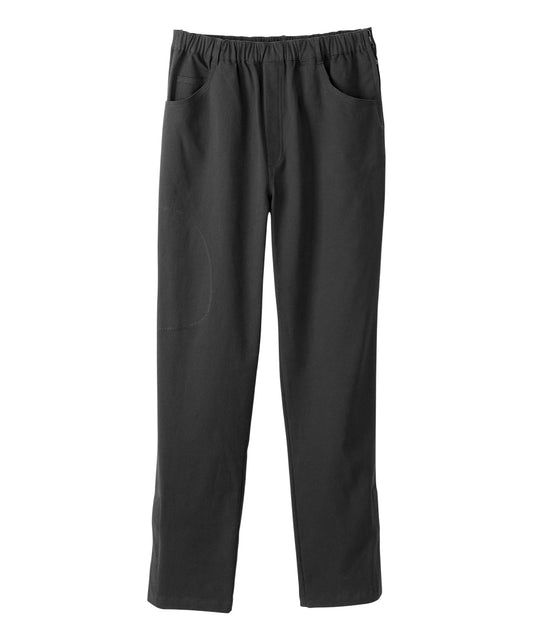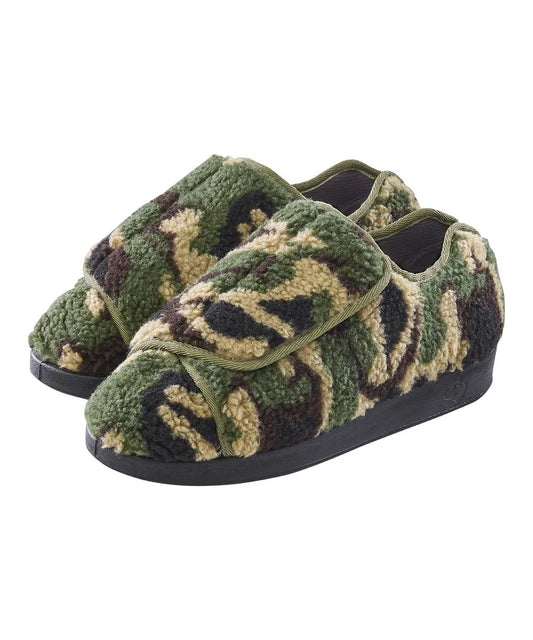Photo by Talen de St. Croix on Unsplash
Written by Felicia Sedbrook in collaboration with Viterbo University
Imagine tiny needles constantly pricking your skin. Your neck collar is suffocating. Everything itches and there is no relief. Paranoia builds as you feel little bugs crawl around on your body. And yet, you are still expected to be productive, to go about your day all while under this constant stress.
Everyone can understand the discomfort when feeling too hot or too cold or the unpleasantness of being near a bad smell, but can you imagine what it feels like to have your skin under constant attack by the very clothes everyone is expected to wear? It is exhausting to be forced into being continuously aware of the clothing you have on. This is what people with autism experience every day.
Continue reading to better understand what your child with autism might be experiencing and how to best help them feel more comfortable in the clothes they wear.
What are the three main symptoms of autism?
Autism Spectrum Disorder is called a spectrum for a reason. Every diagnosis is as unique as the person, or child, exhibiting the symptoms. It is also important to note people can exhibit ASD-like symptoms without having autism.
Three common attributes associated with autism include difficulty with social interaction and communication, restricted or repetitive behaviors or interests, and delayed development before the age of two years.
People with autism spectrum disorder can have difficulty maintaining eye contact and lack facial expressions. They might struggle to understand other people’s facial expressions, body language, and other nonverbal cues. It is also common for people with ASD to not express emotions in what is socially considered a typical manner and appear unaware of how others are feeling as well.
A person with autism may engage in repetitive behaviors like rocking, hand flapping, or spinning. These movements are often called stimming and are a form of sensory-based play often used to help a person calm themselves. A child with autism spectrum can develop specific routines for the day and become distressed if changes are made to their schedule. A child with ASD might also become hyper fixated on interests bordering on obsessiveness.
Each baby develops at their own pace, but there are general milestones most children reach at specific ages. It is expected children around nine months of age should be responding to their names and making eye contact. By 12 months, babies should be engaging in simple interactive games like pat-a-cake or using gestures like waving hello. Usually between 24 and 36 months, children join others in play and begin to notice if someone is hurt or upset.
Tactile defensiveness is another common symptom people with autism live with and yet it is the least investigated sensory modality. This symptom limits a person's ability to live within society’s expectations of day-to-day life. It can even become devastating as the discomfort of clothing becomes an incentive for societal withdrawal.
What are the struggles of parents with autistic children?
Evidence published by the National Library of Medicine shows parents with autistic children often experience more stress than parents of typically developing children. There are societal and cultural expectations for parents to control their child when the child is misbehaving in a disruptive manner. Frustrations increase for both the child and parent as misunderstandings occur. A child with Autism Spectrum Disorder is unable to express what exactly triggered their strong reaction and their parent struggles to fix a problem that seems unpredictable.
The feeling of agitation grows with constant discomfort. The stress builds and it becomes harder to think clearly. Finally, the child erupts in what looks like a temper-tantrum reckoning. It is difficult enough for parents to understand their child’s needs; it is even more so if the child is non-verbal and unable to express their discomfort before the big emotions explode. What looks like a child having a fit is really a child trying to communicate in the only way they might know how to.
If an article of clothing is scratchy, a child will try to itch. Soon, the child scrubs harder and harder at the discomfort as they lose focus and are unable to concentrate on anything else beyond the itch. This can cause distress to both the parents and child as the child can unintentionally harm themselves.
Do children with autism struggle to get dressed?
A child is limited by what their parents buy for them. A child with autism can also be unable to communicate their discomfort. Offering children control to choose what to wear every day might seem like help, but it is actually is a daunting task filled with overwhelming choices. Getting dressed in the morning becomes a struggle as children with autism might shut down and refuse to complete what seems like a simple task for everyone else.
Children might associate specific fabrics with memories. A rough material can trigger the memory of the uncomfortable carpet at school, which then triggers a negative feeling.
Perhaps the child liked the clothing in the store. They even tested the fabric by touching it first, but now at home they wore it once and are refusing to wear it again. There is a difference between touching the fabric with your hands that you can easily let go of and wearing the same fabric. Hands are made to be tactile. We all adjust quicker to the stimuli in our hands but a seam, a tag, or thread on another part of the body becomes uncomfortable as it isn’t something the child is prepared to feel.
Tolerance for discomfort changes too. What might be fine to wear one day is intolerable the next. This is difficult for a child to understand within themselves and communicate with their parents.
Three main coping strategies to find relief are to escape, avoid, or find ways to feel nice. This might show as children refusing to attend school or go outside as they know this will force them to put on uncomfortable clothing. These coping mechanisms can also show as children seemingly obsessing over specific clothing articles and becoming extremely upset if their favorite shirt is not immediately available. If a child’s tolerance for discomfort has reached its limit, they might seek immediate comfort by removing the clothes, whether or not they are in an appropriate or safe environment to do so.
What are sensory issues with clothes?
Fabrics made from polyester and wool feel itchy and downright uncomfortable. Abrasive clothing on people with skin sensitivity can feel like bugs are crawling on their skin. Unfortunately, a lot of cheap fabrics made for mass production are made from polyester fibers. This makes shopping and finding even the simplest clothing article that much more difficult.
Even hearing the motion of a polyester fabric can cause irritation too. Nails on a chalkboard scratch against the ears with every movement and soon the person’s sole focus is not moving in hopes to ease the pain.
Itchy tags, uncomfortable labels, and scratchy labels add to the onslaught of daily stress. Stitching made from woolen or polyester threads are abrasive on the skin and feels like cactus needles brushing against sensitive skin. Tags may seem small and easily dismissed but little things add up. It takes effort to ignore the constant nuisance. It is yet another task to remove the tags and labels adding to the mental load of shopping.
The neck is an especially sensitive area as it is just skin, bones, and nerves. A collar that is too tight feels constraining and suffocating.
The hem on socks adds to the feeling of constriction. Blood is cut off from the feet, fabric impressions on the shins lead to an increasing feeling of itchiness, and yet another seam across the toes adds to an overall discomfort.
It may be surprising to learn that the color of clothing can cause sensory issues too. Hypersensitivity to light means clothing with too bright colors and patterns become painful to wear as it adds stress to the eyes of the wearer.
Learn more about clothing sensory through June Adaptive’s blog “Cracking the Code on Clothing Sensory: Best Fabrics and FAQs” written by Maddie Feldhake.
How can you help your child’s sensitivity needs?
No one likes the nuisance of itchy tags on the back of their neck or waist. Cutting out the labels is a fast and easy way to quickly provide comfort to your child.
Shop at the same retailer. This guarantees consistency in size, colors, and fabrics while making the entire decision-making process of clothes shopping easier. Look for muted colors with minimal patterns when buying clothing. This can ease visual sensory discomfort and become more soothing for your child to wear.

Cotton is a safe neutral fabric that is soft and feels comfortable on the skin. It is also the most breathable and least restrictive for movement.

Embrace The Stripes Of Uniqueness - Kids Hoodie | June Adaptive
Denim is a tricky fabric as it can feel itchy or restrictive if made by a poor-quality retailer, but from a high-quality store it can be soft, light, and there is no denying its practicality in easy cleaning.

Women's Denim with Side Zipper | June Adaptive
Final Thoughts
Everyone deserves to feel comfortable in their own clothing. June Adaptive can make shopping for clothing easier. There is a wide range of clothing in multiple fabrics and colors to meet your child’s tactile sensory needs. In fact, they recently created a new line of clothing: “Inclusive Threads: A Collection for Everyone.” This clothing collection is inspired for and by people living with Autism, Asperger Syndrome, Dyslexia, and anyone else who appreciates feeling good in high quality clothes.
Kindly subscribe to June Adaptive’s newsletter at the bottom of this page for more content like this.















